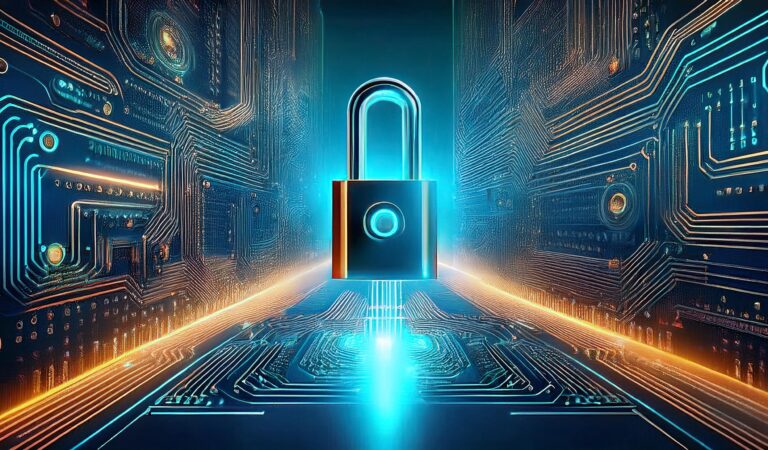Laser Injection: The Next Evolution in Fault Injection Analysis

In the rapidly evolving field of fault injection analysis, laser injection systems revolutionizes the way we approach injection performance, offering significant advantages over Electromagnetic (EM) Injection methods. With the ability to focus down to a minimal impact area of 1 μm or less, laser injection technology opens up possibilities in precision and effectiveness, far surpassing the typical 50 μm minimum of EM injection.
Precision Beyond Comparison
One of the most notable distinctions between laser injection and EM injection is the level of precision. While EM injection is limited to inducing faults only during clock transitions, laser injection offers the flexibility to inject faults with or without a clock edge. This broader operational scope makes laser injection ideal for applications requiring high levels of precision and timing flexibility.
Additionally, the exclusive features of laser systems allow for bit-level modifications in registers, such as swapping, setting, or resetting a bit value, something not achievable with EM injection. Laser injection can even alter signal propagation to inhibit the execution of individual instructions, or in some cases, change the very nature of an instruction—transforming an addition operation into a subtraction, for example.
Countermeasures: A New Challenge for Defenders
From a security perspective, defending against laser-based attacks presents unique challenges. The smaller spot size and high precision make it harder for detection systems to identify or protect against such intrusions. As the impact area is significantly smaller than that of EM-based systems, defending against laser injections requires more complex and advanced countermeasures. Furthermore, multiple spot laser injection enables us to bypass classical protection (sensors, redundancy, …)
Applications and Compliance
The Secure-IC Laser Injection System is a comprehensive platform designed for Laser Fault Injection (LFI) aimed at high-security applications. This system is fully compliant with critical security standards such as Common Criteria (AVA_VAN.5) FIPS 140-3 (Level 4), SESIP, EMVco, PSA… ensuring it meets the most rigorous industry requirements for security and safety.
Advanced Features of Secure-IC’s Laser Injection System
Secure-IC’s laser injection system combines cutting-edge optical fault injection technologies with safety measures such as a Class-1 secured enclosure featuring emergency stop mechanisms and warning indicators. The system’s minimal laser shot is carefully monitored to prevent unwanted alterations to the target chip, ensuring a high level of control and safety.
A dedicated optical IR-Visible microscope focuses the laser spot, and its position and power can be adjusted using sophisticated injection software. This software allows the operator to fully control shot parameters such as trigger timing, delay, power, pulse width, and even burst shoot settings like pulse frequency and number. These extensive controls are complemented by a suite of tools for cartography, interpretation, and A.I.-driven analysis to support comprehensive post-processing.
Performance and Use Cases
Operating at wavelengths of 808, 980, or 1064 nm, Secure-IC’s laser system provides front and back-side injection capabilities, with pulse durations as short as 1.5 ns or 5 ns, up to a continuous waveform. With a peak power of up to 3.2W, the system delivers exceptional performance in bit-level modification and other fault injection scenarios.
The platform is designed to address a wide range of use cases, enabling users to efficiently perform laser fault injections with detailed precision and robust analytical support.

Laser injection systems allow ultra-high-level capacity on fault injection analysis, offering unmatched precision, flexibility, and security features compared to others fault injection methods. With advanced control mechanisms, sophisticated analysis tools, and comprehensive safety protocols, Secure-IC’s laser injection solution is poised to lead the next generation of fault injection technologies.
